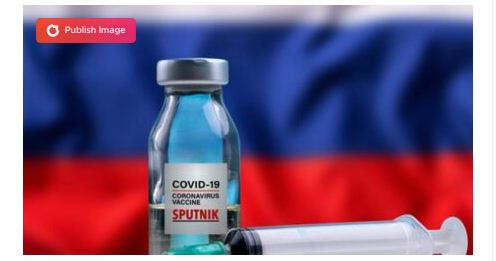BAKU – “On February 8, 2021, the Ministry of Health of the Republic of Azerbaijan approved the conduct of clinical trials in the Republic of Azerbaijan for the joint use of the vaccine Sputnik V and the vaccine developed by AstraZeneca in collaboration with Oxford University.”
This was reported by the Ministry of Health. It is reported that these studies are expected to begin by the end of February this year.
Earlier, the NF Gamaleya Research Center, the Russian Direct Investment Fund (RDIF), AstraZeneca and the R-Pharm Group of Companies signed a joint memorandum of cooperation in December 2020 with Russian President Vladimir Putin on the development of a coronavirus vaccine.
The world’s first joint use of vaccines is part of a protocol of clinical trials registered on December 24, 2020.
The study aims to assess the immunogenicity and safety of the combined use of the Sputnik V vaccine and the vaccine developed by AstraZeneca in collaboration with the University of Oxford. The research program will last 6 months in several countries. It is planned to involve 100 volunteers from each country in this research.
The Sputnik V vaccine uses a unique technology that combines two different vectors to provide a stronger and longer-lasting immune response than vaccines based on human adenovirus, which use the same vector for two injections. The scheme of application of two different adenovirus vectors for the first and second immunization allows to prevent the first vector immunity formed after the first immunization, and thus increases the efficiency of the second injection and creates long-term immunity. In particular, thanks to this scheme, the effectiveness of the vaccine “Sputnik V” is more than 90%, however, the drug provides complete protection against severe cases of the disease.
The AstraZeneca vaccine was developed by the University of Oxford in collaboration with Vaccitech. This chimpanzee uses a replicated defective virus vector based on a weakened version of the common cold virus (adenovirus) that causes the infection, and uses the genetic material of the SARS-CoV-2 (severe acute respiratory syndrome coronavirus type 2 – coronavirus type 2) protein. consists of. Superficial protein synthesis occurs after vaccination. This triggers an immune response to SARS-CoV-2 during a possible subsequent infection with the virus.

















